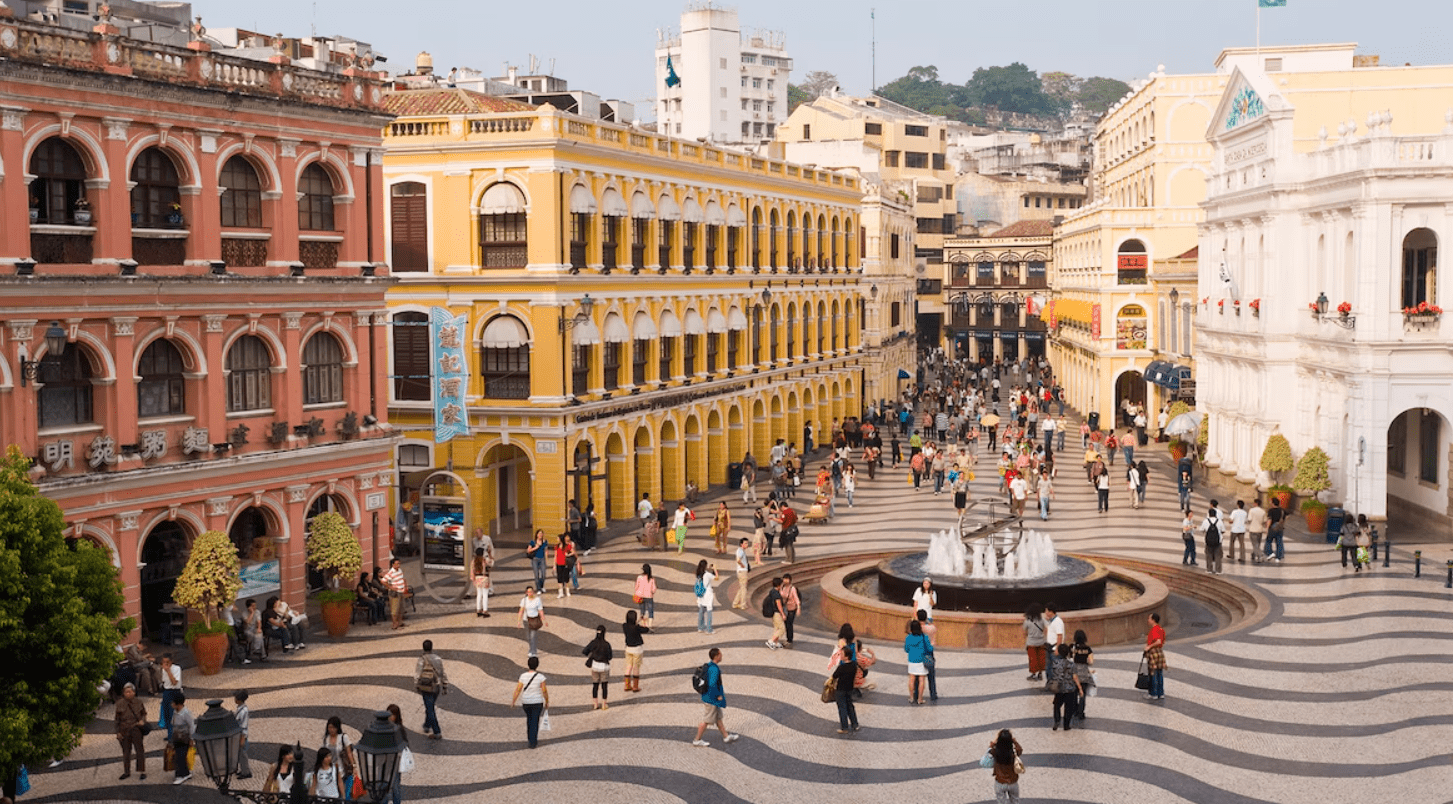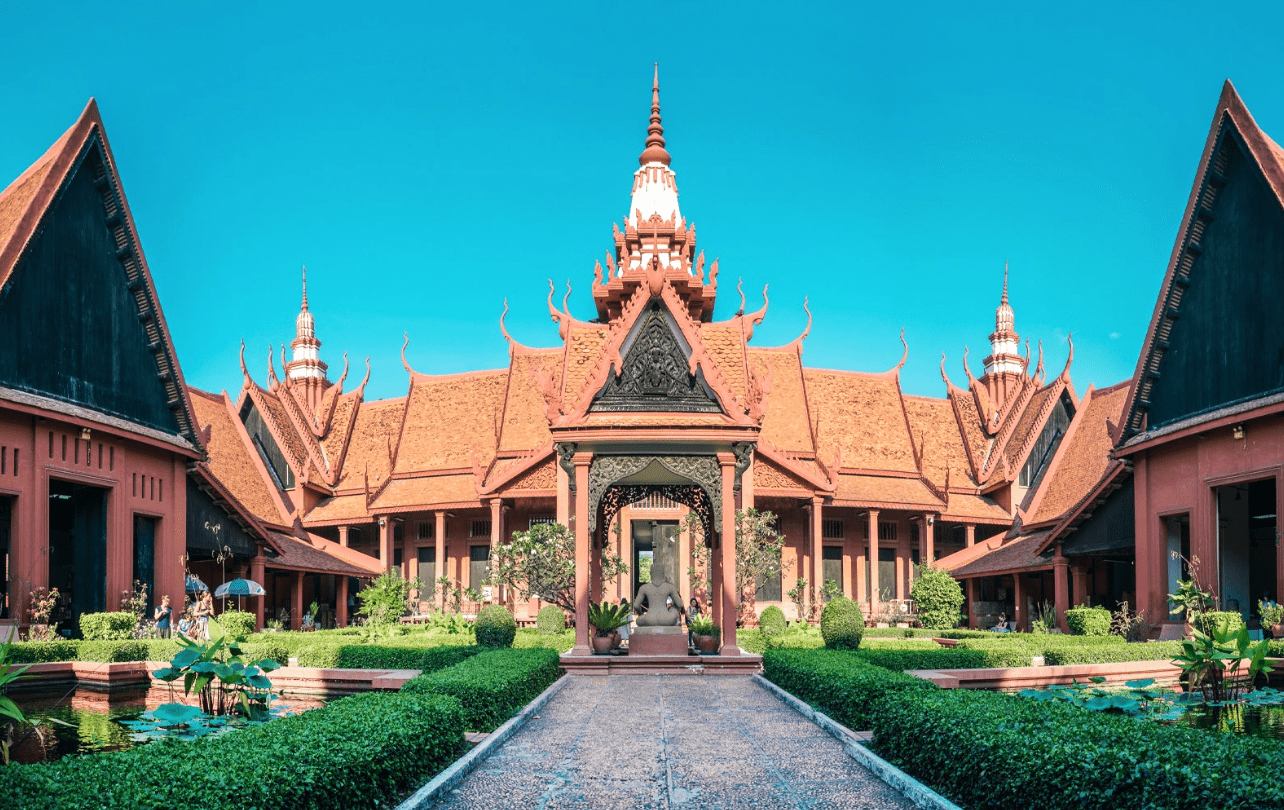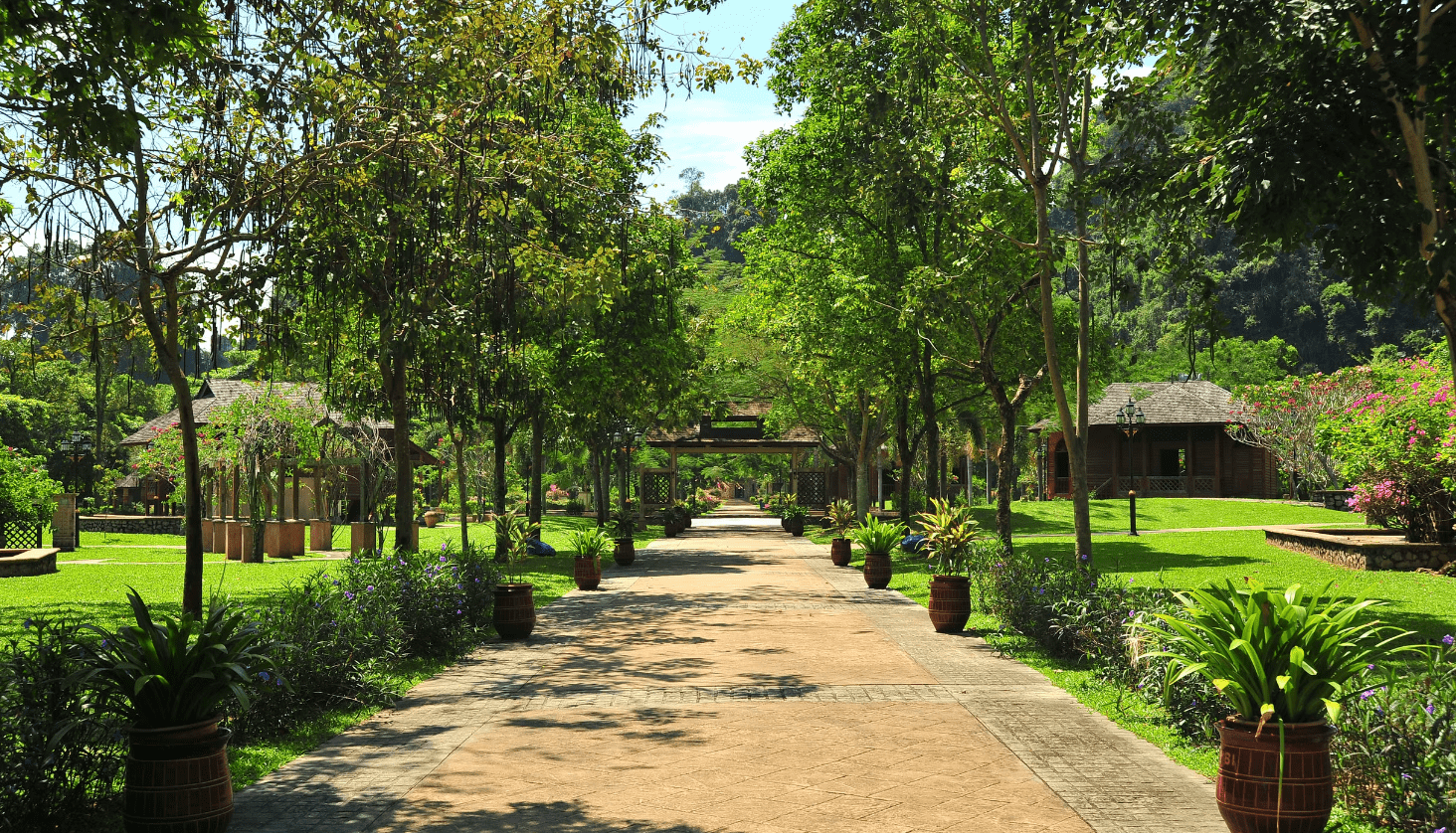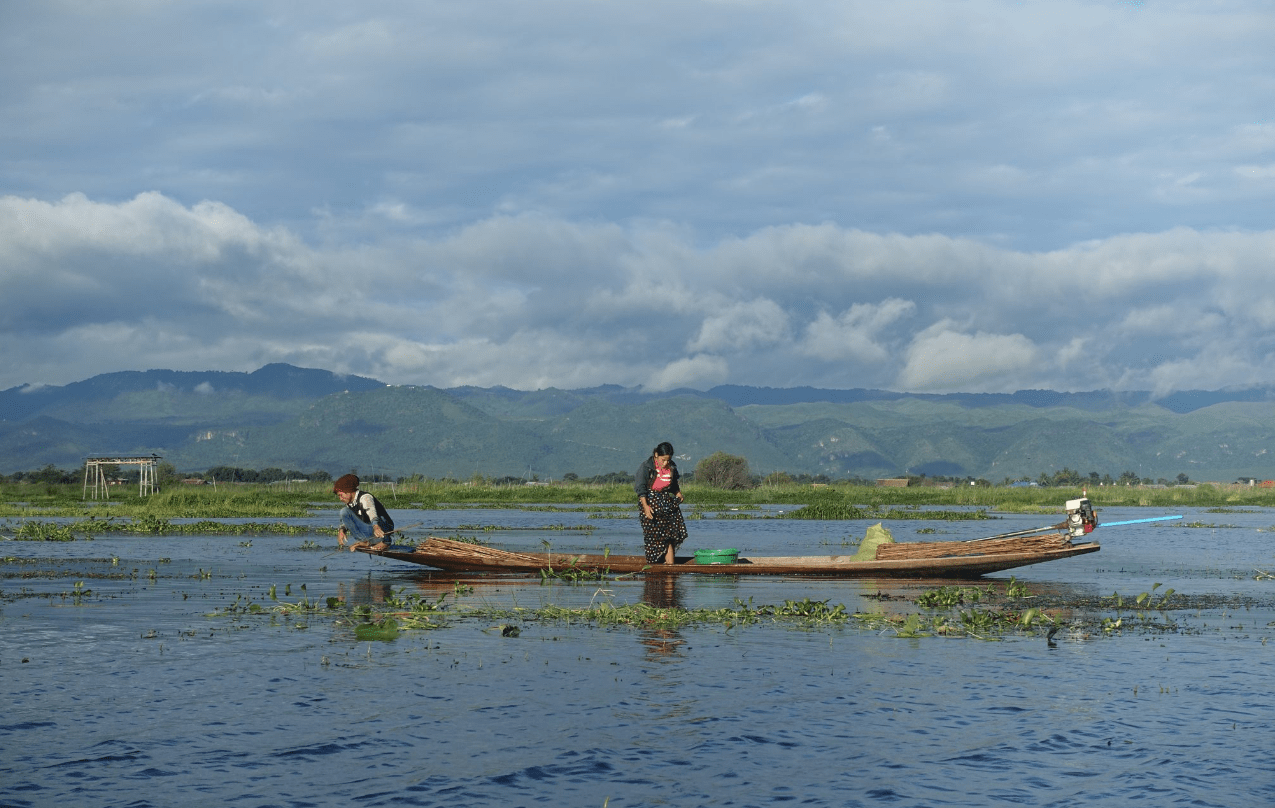Explore Macau from Hong Kong: Dreaming of experiencing the dazzling lights of Macau without spending a fortune? This guide for a Hong Kong to Macau day trip reveals how to explore Macau affordably. You’ll find a detailed budget and suggestions designed for those who appreciate design and architecture.
Macau has been on my mind ever since my mum and sister visited years ago. I vowed that the next time I was in Hong Kong, I would make sure to take a day trip to Macau.
Often referred to as the ‘Las Vegas of Asia,’ Macau actually surpasses Vegas in terms of revenue. Approximately 75% of visitors come for gambling. However, there’s a lot more to this island than just casinos.
Macau boasts fascinating attractions – it’s culturally rich, unexpectedly green, and offers a unique blend of Chinese and Portuguese influences. The culinary scene here is also impressive.
In my view, a day trip to Macau from Hong Kong is absolutely worthwhile. It doesn’t require a large budget. Just like Hong Kong, Macau has plenty of affordable dining options. Much of the island can be explored on foot, and if you’re only visiting for a day, you can avoid spending on accommodation.
I typically avoid discussing finances on this blog—primarily because we’re not great at tracking our expenses. This year, we’ve been better at monitoring our travel budget, so I’m glad to share our Macau data.
Although Macau is known for being pricey, we managed to visit on a relatively modest budget. Traveling as a day trip from Hong Kong and skipping accommodation helped us keep costs low.
The journey takes just an hour by hydrofoil, but Macau uses a different currency than Hong Kong. The Macanese Pataca is nearly equivalent to the Hong Kong Dollar (1:0.97 as of this writing), so there’s not much difference. All taxis, shops, restaurants, cafes, and buses in Macau accept either currency. There’s no need to exchange currency—save your time and money.
Traveling to Macau from Hong Kong
The easiest and most cost-effective way to travel between Hong Kong and Macau is by ferry. Two main companies service this route with similar prices. You can book seats online or buy tickets on the day of travel. TurboJET and Cotai operate from the Hong Kong Macau Ferry Terminal in Sheung Wan. Ticket counters are located up the escalators to the right of the boarding gates.
Interestingly, buying a return ticket doesn’t save money. The fare from Macau to Hong Kong is about 10 HKD cheaper, but there’s no discount for a round trip.
Macau has two ferry terminals: the Macau Outer Harbour Ferry Terminal (in northern Macau) and Taipa Ferry Terminal (on Taipa island). If I could redo our trip, I’d buy a one-way ticket to Macau Terminal and then head south, according to the itinerary, before taking a ferry back to Hong Kong from Taipa. This would eliminate the need for an expensive taxi ride from Taipa to Senado Square.
Budget Tip : Ferry prices rise on weekends, so aim to travel on a weekday. Check for major events in Macau on your travel day to avoid fully booked ferries. If there are no events, you should be able to buy tickets at the dock. Arrive at least 20 minutes before departure to get through immigration. Don’t forget your passport!
Getting Around in Macau
Once in Macau, you have several transportation options. Macau is quite spread out and can be very hot, so you may need to use public transport to see everything you want.
Taxis are the most expensive but quickest option. If you have time, use the public bus network, which connects Macau’s main areas with Taipa. Free shuttles run throughout Macau, connecting ferry terminals with major hotels and casinos. These shuttles are available to everyone, not just hotel guests. We used a free shuttle from the Venetian Casino to Taipa Ferry Terminal at the end of our trip.
Budget Tip
Utilize free casino shuttles and remember to use public buses as well. Check schedules and routes on Google Maps and keep some coins handy (bus tickets can be bought on board, but no change is given).
Dining & Drinking in Macau
Similar to Hong Kong, Macau offers a range of dining options from Michelin-starred restaurants to local eateries. The Macau pork chop bun (a breaded, fried pork chop on a white roll) is a must-try along with egg tarts. Local dining spots are listed on Google Maps. We had breakfast at Sing Lei Cha Chaan Teng (勝利茶餐室), a clean, local restaurant near Senado Square. Lord Stowe’s Bakery in Taipa is renowned for its Portuguese-style egg tarts.
Budget Tip
Opt for local dining (avoid casino restaurants) and bring your own drinking water. Pack snacks for the ferry ride, as on-board canteens are pricey.
Things to Do in Macau: One-Day Itinerary
If you’re making a day trip from Hong Kong, managing your time and budget is crucial. To save money and explore a more authentic side of Macau, consider skipping the casinos and opting for these free activities. The following attractions highlight Macau’s architectural and design strengths.
Suggested Itinerary for a Day in Macau
Fisherman’s Wharf
While not your typical fishing wharf, this gentrified area features hotels, casinos, shops, and restaurants with quirky Roman-style architecture. It’s a great start to your day in Macau, just 800 meters from the Outer Harbour Ferry Terminal.
Guia Lighthouse (Fortress of Guia)
Guia Lighthouse introduces you to Colonial Macau and the Portuguese architectural influence. Built in the 17th century, its iconic structures include a white-washed lighthouse and a chapel.
Ruins of St. Paul’s
A must-see landmark, the Ruins of St. Paul’s Church was built by Portuguese Jesuits and mostly destroyed by fire less than 200 years later. The surviving stone facade is a haunting reminder of one of Asia’s largest churches, with an underground crypt still open for visits.
Senado Square
Senado Square, a UNESCO-protected site, is Macau’s main town square. Designed to bring together Portuguese and Chinese residents, it features beautiful Portuguese pavement added in the 1990s. Important civic buildings surround the square, including Macau’s General Post Office.
Leal Senado Building
The Leal Senado Building, once the seat of the Portuguese government in Macau, exemplifies colonial architecture. Inside, the public library and exhibition halls regularly host events. The building showcases beautiful hand-painted Portuguese tiles.
St. Dominic’s Church
Near the Leal Senado, St. Dominic’s Church, with its pastel-yellow façade, was built in the 16th century by Spanish Dominican priests. The small museum in the bell tower is open to visitors.
Rua da Felicidade
Rua da Felicidade, or ‘street of joy,’ is a lively and photogenic area. Originally known for its less savory history, it now features cafes and restaurants. Explore the alleyways behind the main street for a glimpse of local residential areas. Visit early to avoid crowds and capture photos of the shops with their shutters drawn.
Lilau Square
A charming residential square on Penha Hill, Lilau Square was once home to a freshwater spring. The area’s art deco-style buildings reflect its past as a popular Portuguese neighborhood.
Mandarin’s House
Mandarin’s House, the residence of author Zheng Guanying, is a popular attraction featuring delicate frescoes and an iconic round entryway.
Moorish Barracks
The Moorish Barracks, built for Indian soldiers from Goa, features distinctive architectural elements like peaked arches and ivory pillars, reflecting Macau’s connection to Goa during the Portuguese Empire.
A-Ma Temple
Macau’s oldest temple, built in 1488, is dedicated to the Chinese sea-goddess Mazu. The temple is said to be the origin of Macau’s name.
Streets of Taipa
Taipa’s suburban streets offer beautiful details and Portuguese-Ch
inese architecture. The area, largely untouched by modern development, provides a glimpse into old Macau life.
The Venetian Casino
The Venetian, a luxury casino, offers beautiful Venetian-inspired architecture and is worth a visit. Explore its luxurious decor and take a gondola ride along the canals.
Dinner in Taipa
Consider dining in Taipa after exploring the Venetian Casino. The area offers a wide range of local dining options.



